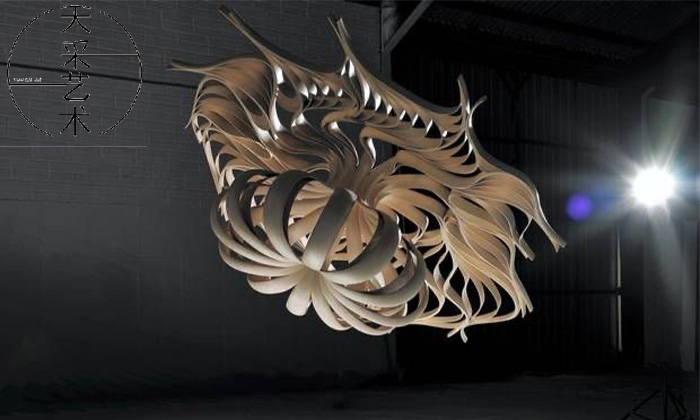 Jul 31, 2024
Jul 31, 2024
In the contemporary world, we value innovation, efficiency, and the ability to leave a unique mark on the things we create. In the field of furniture design and manufacturing, the hot bending technique embodies these core values.
Hot bending, also known as thermal forming, is a versatile process that can shape a variety of materials, from traditional wood to cutting-edge composites, into visually striking and one-of-a-kind works. By applying targeted heat and pressure, we can coax these materials into smooth, organic forms, breaking free from the constraints of straight lines and rigid angles.
What makes hot bending techniques so appealing to the European mindset? First and foremost, it is a highly adaptable process that places the power of customization in the hands of designers and manufacturers. Whether you envision a cutting-edge chair or a gracefully curved table, hot bending can help you transform your creative vision into reality with precision and efficiency.
But the true allure of this technology lies in its ability to optimize the use of raw materials and minimize waste. In an era of precious resources and heightened environmental consciousness, hot bending techniques allow us to maximize the value of our raw materials, shaping them into functional and long-lasting works of art.
The sculptures in our factory that utilize hot bending techniques the most are Metal Sculptures and Wooden Sculptures.
Hot bending processes offer several unique advantages in sculptural creation:
1、Breaking Free from Structural Limitations: Traditional Metal Sculpture techniques are often constrained to straight lines and simple curves, making it challenging to achieve complex and dynamic forms. Hot bending, through precise control of temperature, time, and pressure, allows metal to be sculpted into any curve or twisted shape, significantly expanding the artistic possibilities. This enables sculptural works to display a more fluid and dynamic visual effect.
2、Enhancing Structural Stability: Complex curved forms often require intricate support structures to be realized. Hot bending techniques allow metal materials to be shaped along the design lines, significantly reducing internal stresses and structural fragility. This not only improves the stability of the artwork but also reduces the risk of errors during the fabrication process.
3、Elevating Visual Aesthetics: Hot bending can create virtually seamless metal surfaces, greatly enhancing the visual appeal of the sculpture. Compared to traditional welding techniques, hot bending can minimize joints and weld marks, resulting in a smoother and more elegant metal surface. This visual simplicity and refinement is a hallmark of hot bending.
4、mproving Production Efficiency: Compared to complex machining processes, hot bending techniques can often shorten production cycles and increase manufacturing efficiency. Skilled craftspeople can quickly shape intricate curves, significantly reducing fabrication costs. This makes the production of Geometric Sculptures more flexible and efficient.
In summary, hot bending techniques offer sculptors new creative possibilities, breaking free from the limitations of traditional processes and allowing them to fully unleash their imagination. The unique advantages of this technology will undoubtedly drive continuous innovation and evolution in the field of sculptural art.
Compared to solid wood bending and metal hot bending, there are some differences. Solid wood bending tends to preserve the natural grain and color of the wood, making it more suitable for artistic decorative pieces and furniture design. Metal hot bending, on the other hand, is more commonly applied to industrial products that require high strength and precise shaping. Solid wood bending involves a more complex process, including softening treatments and low-temperature drying, while metal hot bending may be relatively simpler, primarily involving heating the material to a malleable state and then directly shaping it. The temperature and pressure requirements for bending also differ between the two materials.
Regardless of whether it's solid wood or metal, hot bending techniques provide sculptors with new creative possibilities, opening the door for them to craft their own unique works. The advantages of this technology will undoubtedly drive sculptural art to continually break free from tradition and achieve innovative development.
